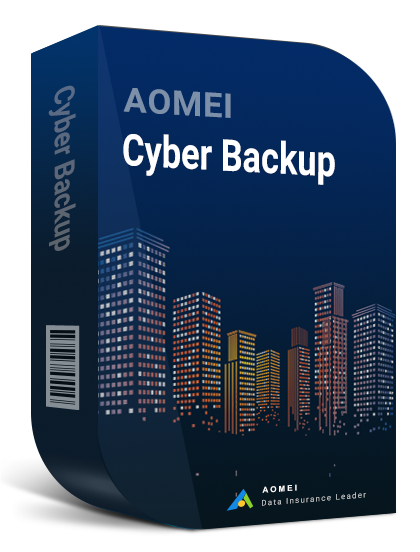Understanding the "Device Not Migrated" Error
The "Device Not Migrated" error is a common issue encountered when accessing an external hard drive, signaling a problem with the migration of the device driver. This error disrupts the system's ability to correctly recognize and utilize the external hard drive. To address this, troubleshooting steps involve checking physical connections, updating USB drivers, reinstalling USB controllers, running Windows troubleshooters, checking for disk errors, updating the operating system, and testing the external hard drive on another computer.
How to Fix Device Not Migrated on External Hard Drive
Understanding the nature of the error and following these troubleshooting steps is crucial for resolving the issue promptly. By doing so, users can regain seamless access to their external hard drive and prevent potential disruptions to accessing important data stored on the device.
Step 1: Check Physical Connections
The first step is to ensure that your external hard drive is physically connected properly. Unplug and reconnect the device to eliminate any loose connections. Additionally, try using a different USB port to rule out any port-related issues.
Step 2: Update USB Drivers
Outdated or incompatible USB drivers can contribute to migration issues. Go to the Device Manager on your computer, locate the USB controllers section, and update the drivers for your external hard drive. This can often resolve migration errors and improve compatibility.
Step 3: Reinstall USB Controllers
If updating the drivers doesn't work, you might need to reinstall the USB controllers. In the Device Manager, right-click on the USB controllers, choose "Uninstall device," and then restart your computer. The system will automatically reinstall the necessary drivers upon restart.
Step 4: Run Windows Troubleshooter
Windows includes a built-in troubleshooter that can automatically detect and fix common issues. Run the hardware and devices troubleshooter to identify any problems with your external hard drive and let the system attempt to resolve them.
Step 5: Check for Disk Errors
Disk errors can also contribute to migration problems. Use the built-in Windows Check Disk utility to scan and repair any potential issues with your external hard drive. Open a Command Prompt with administrative privileges and type the command: chkdsk /f X: (replace X with the drive letter assigned to your external hard drive).
Step 6: Update Windows
Ensure that your operating system is up to date. Windows updates often include fixes for various hardware compatibility issues. Go to Settings > Update & Security > Windows Update and check for updates. Install any pending updates and restart your computer.
Step 7: Test on Another Computer
If the issue persists, try connecting your external hard drive to another computer. This helps determine whether the problem is specific to your computer or if the external hard drive itself is faulty. If it works on another computer, the issue may be related to your system configuration.
By following these steps, you can troubleshoot and fix the "Device Not Migrated" error, restoring proper functionality to your external hard drive.
Conclusion
By following these troubleshooting steps, you should be able to resolve the "Device Not Migrated" error on your external hard drive. Remember to back up your important data before attempting any changes to avoid potential data loss. If the problem persists, consider seeking assistance from technical support or the device manufacturer for further guidance. With these solutions, you can regain access to your external hard drive and continue using it without interruption.




